Everything you need to know about bedbugs
Bed bug lifecycle
Bed bugs hatch as nymphs from eggs and go through five stages of immaturity where they shed their exoskeleton before becoming a sexually mature adult on the sixth shedding. They increase in size each time, and it may be difficult to identify them until the fourth or fifth nymph stage if you’re not practised in doing so. They can also live for up to a year without feeding, so don’t assume that they can be left to starve.
Particularly problematic for homeowners is the tendency for females to migrate after mating to avoid being hassled by males, thus spreading throughout the property and to nearby properties. This is why thorough heat treatments are usually recommended for most infestation cases.
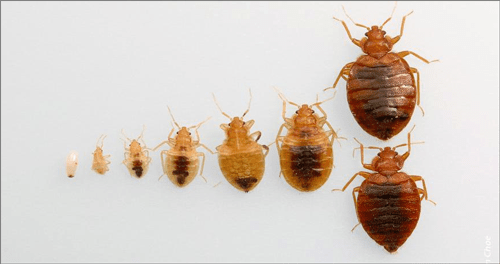
Identifying bed bugs
Although there are different species of bed bugs, the likeliest species to have infested your home is the common or household bed bug (Cimex lectularius). Adult bed bugs and nymphs looks more or less the same in terms of their shape – they both have flat, oval-shaped bodies, but while adults are light-brown to reddish-brown in colour, nymphs are translucent and generally lighter in colour. However, both adults and nymphs will swell and become a bright red in colour just after feeding – this will fade as time passes.
Eggs can be difficult to spot unless you’re looking for them – they’re generally white in colour and about the same size as a grain of salt.
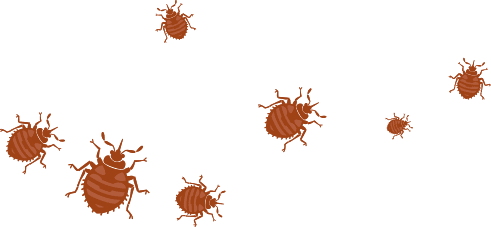
Signs of bed bugs
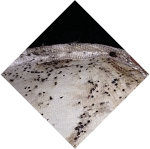
Faecal stains on the mattress or sheets
Although you might expect faecal matter to have a tinge of blood to it, given that it’s purely digested blood that has been excreted, it generally looks more like tiny brown or black stains or smears with no red streaks. If a lot of these are visible on the bed or bed frame then it could indicate an infestation.
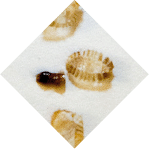
Shed exoskeletons
With five stages of maturity, each lasting a day and resulting in the shedding of an exoskeleton, there should be ample evidence of a bed bug infestation, especially if it’s a bad one. The exoskeletons are small and transparent but enough of them should be noticeable.
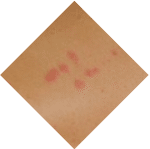
Bites
Many people do not react to bed bug bites because they assume they are something else – eczema, hives, spots or bites from other insects like mosquitos, for example. If you have a number of bites in a localised area and you can’t explain where they might have come from, check for other signs of bed bugs to either confirm or rule them out.

Dead bed bugs
If bed bugs are present in our beds or bedrooms, some will be squashed when we go to sleep – whether they’re actually in the bed or under the mattress. Check the area around the bed if you suspect you have an infestation, because that could be a dead giveaway.
History of bed bugs


Bed bugs were first mentioned in Ancient Greece as early as 400BC – at that time, it was thought they had value in treating medical problems.

They gradually spread across Europe, coming to England in the 1580s.

By the mid-20th century almost every home in a large number of areas in the UK and Europe had some level of infestation.

Levels declined after the war, probably due to newly-available powerful pesticides.

Worldwide infestation levels rose again in the 1980s. Increased air travel thought to be a significant contributing factor.

Bed bugs are an increasing problem, especially in densely populated areas.

Still causing problems, Bed bugs are continually controlled with heat and specialist chemicals.
Heat Treatments
Heat treatments are by far the most effective way of killing bed bugs, regardless of their maturity, as well as the eggs (which are usually fully resistant to most professional products). Thoroughly heating every affected room, as well as those adjacent or connected to them, avoid the use of hazardous chemicals and is often the only way to truly eradicate a bed bug infestation.








